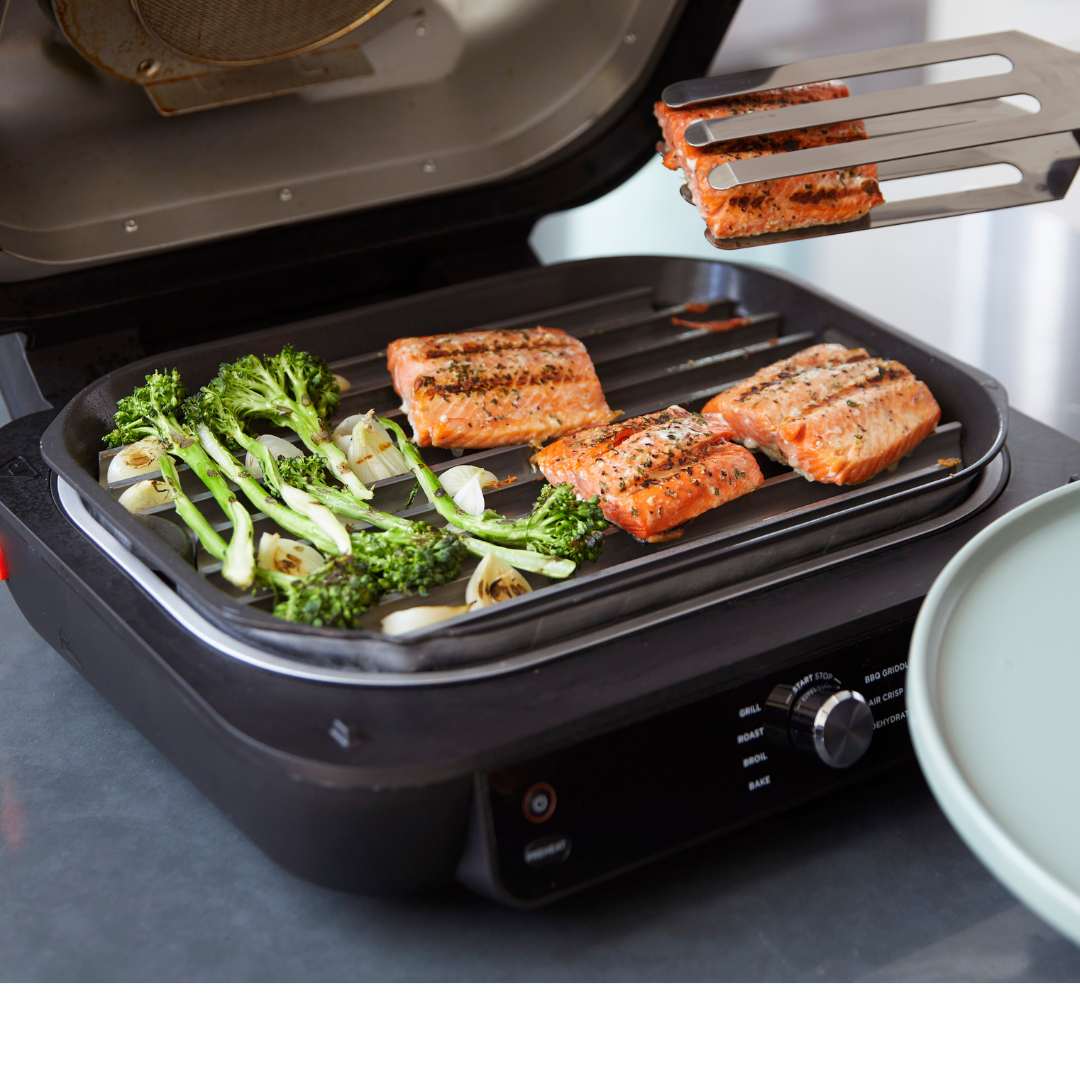The craft of cocktail making is both an art and a science, blending flavors, techniques, and a touch of flair to create drinks that are as delightful to look at as they are to sip. As cocktail culture continues to flourish, more enthusiasts are looking to bring the sophistication of a high-end bar into their own homes. This essay explores the essential recipes and tips for aspiring home bartenders, enabling them to master the art of mixology and impress guests with their cocktail creations.
Understanding the Basics: Tools and Techniques
Before diving into recipes, it’s crucial for home bartenders to familiarize themselves with the basic tools and techniques of cocktail making. Essential tools include a shaker, a stirrer, a strainer, a jigger for measuring, and a muddler for crushing ingredients. Each tool plays a specific role in the creation of various cocktails, whether shaking a Margarita to perfection, stirring a crystal-clear Martini, or muddling mint for a vibrant Mojito.
One of the foundational techniques in mixology is understanding the balance between the core cocktail components: spirit, sweetener, and sour/bitter. Mastering this balance is key to crafting a well-rounded drink. For instance, a classic cocktail like the Old Fashioned relies on the harmony of whiskey (spirit), sugar (sweetener), and bitters (bitter) to achieve its iconic taste.
Classic Cocktails: The Building Blocks
A well-versed home bartender should start by mastering a few classic cocktails that form the backbone of mixology. Here are some essentials:
- Martini: The epitome of cocktail elegance, a Martini is traditionally made with gin and dry vermouth, stirred over ice, and garnished with an olive or a lemon twist. The key is to stir gently to ensure clarity and smoothness without diluting the drink too much.
- Manhattan: A robust blend of whiskey, sweet vermouth, and bitters, the Manhattan is a staple of cocktail culture. It’s best served stirred, not shaken, and strained into a chilled glass to maintain its potent, velvety consistency.
- Margarita: This popular cocktail combines tequila, lime juice, and triple sec, shaken with ice and served in a salt-rimmed glass. It’s a festive drink that balances the sharpness of lime with the smoothness of tequila.
Expanding the Repertoire: Infusions and Variations
Once the classics are down, home bartenders can experiment with personalizing their cocktails through infusions and variations. Infusing spirits with flavors like herbs, spices, or fruits can transform the taste profile of a drink. For example, adding jalapeño to tequila can give a Margarita a fiery twist, while cucumber-infused gin can lend a refreshing note to a Gin and Tonic.
Creating seasonal variations of classic cocktails is another way to expand one’s mixology skills. A winter Margarita might include cranberry juice and a sprig of rosemary, offering a festive twist on the summer classic. Similarly, adding apple cider to a Manhattan can create a delightful autumnal variation.
Crafting Signature Cocktails
Developing a signature cocktail can be the hallmark of a skilled home bartender. This involves experimenting with different ingredients and ratios to create a drink that is uniquely yours. Consider what flavors resonate most with you—do you prefer sweet, sour, bitter, or herbal notes? From there, experiment with combining these flavors in various proportions. For instance, if you love the herbal freshness of basil, you might muddle fresh basil leaves in a vodka-based cocktail with lemon juice and a touch of honey.
Presentation and Garnish
The presentation of a cocktail is nearly as important as its taste. The right garnish not only adds visual appeal but can also enhance the flavor of the drink. For example, a sprig of mint in a Mojito adds aroma, enhancing the drinking experience before the glass even touches the lips. Similarly, a twist of orange peel over an Old Fashioned can add a zesty note that complements the bitters.
Additionally, choosing the right glassware can elevate the aesthetic of your cocktails. A coupe glass might be perfect for a sophisticated Martini, while a tumbler might be better suited for a robust Old Fashioned.









